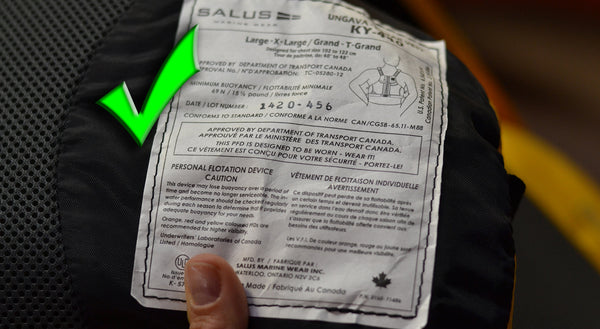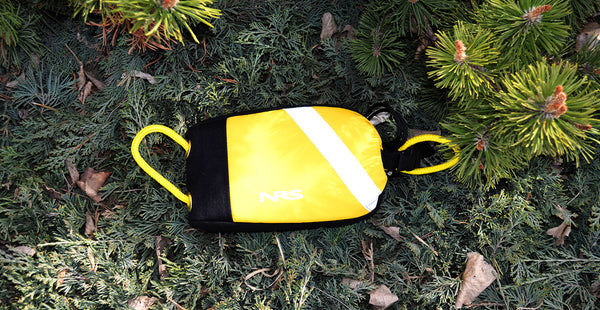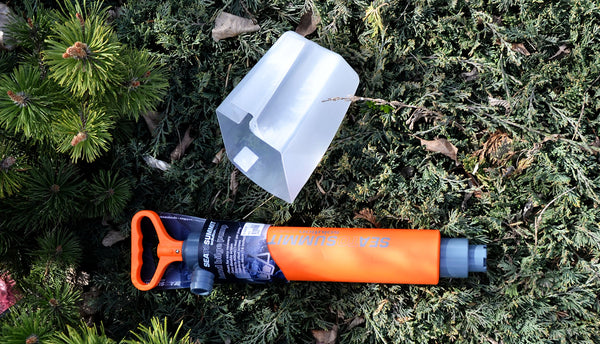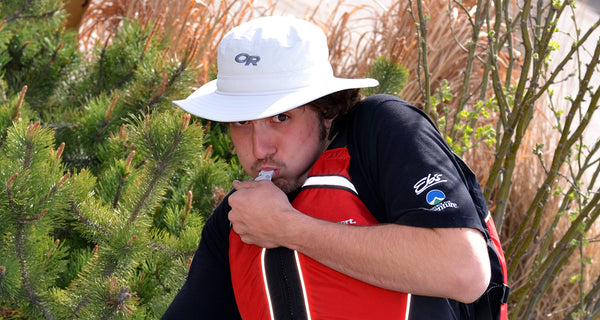
Canadian legal requirements for paddling canoes, kayaks and paddleboards
You don't need safety equipment just to float around in your inflatable ducky. However according to Transport Canada if you decided to take that inflatable water toy onto open water, it would then fall under "pleasure craft" regulations.

Canadian law requires you to carry certain items on board when operating pleasure crafts such as canoes and kayaks, and it's good to know these before you set out on the water. Here are the most up to date regulations as of May 2023.
What am I legally required to carry with me?
For human-powered boats under 6 metres in length you are required to have on board:
1. One lifejacket or PFD for each person on board. Check the tag on the inside of the jacket: it must be approved by Transport Canada (or Canadian Coast Guard or Fisheries and Oceans) to be legal.

2. One buoyant heaving line at least 15m long (that's almost 50'). This can be simply a section of floating rope, but it must be readily accessible and not used for any purpose except emergencies. Throw bags are recommended as they can be used more effectively in rescue situations.

3. One bailer or manual bilge pump. Bailers need to be made of plastic or metal and hold at least 3 cups, and have a minimum 9 cm wide opening. Pumps are easier to operate in kayaks which may not have enough room in the cockpit to bail properly. Note: sit-on-top kayaks (with no cockpit) and SUP's don't need bailers or pumps as they cannot hold enough water to capsize.

4. One sound signalling device. For most people this means a whistle that can operate underwater, such as a Fox 40 or similar. It's a good idea to attach this to your PFD; that way you'll never lose it.

5. Navigation lights if operating the boat after sunset, before sunrise or in restricted visibility conditions. Most people are off the water during these times, but if you are paddling in these conditions you need to be visible to other watercraft. For canoes, kayaks and SUP's a watertight flashlight is all you need for legal lights.
SUP and sit-on-top kayak paddlers: Most of the above rules apply to paddleboards and sit-on-top kayaks, however because your craft functions as a buoyant device in itself you do not need a bailer or pump. As well, if everyone on board is wearing a PFD that fits properly, all you need is a sound signaling device and a watertight flashlight if operating the boat in conditions with restricted visibility.
If you would like more detailed information on boating regulations, check out Transport Canada's Safe Boating Guide.
Happy paddling folks!

Comments
Leave a comment